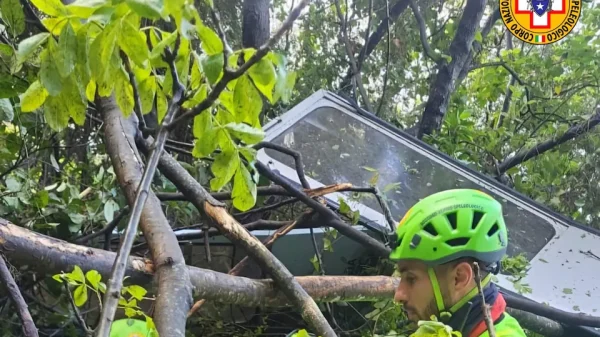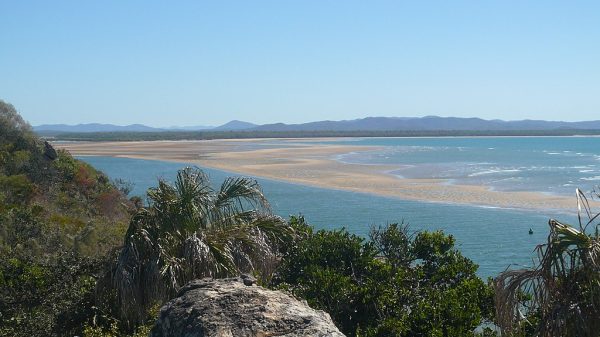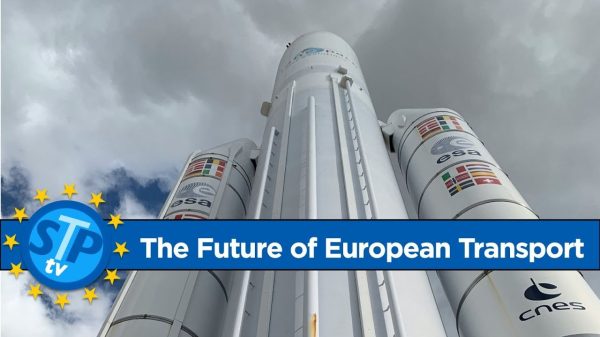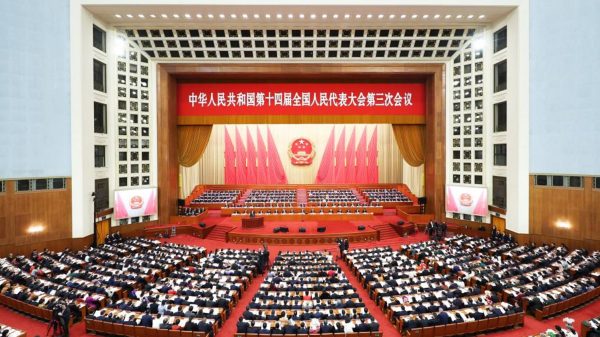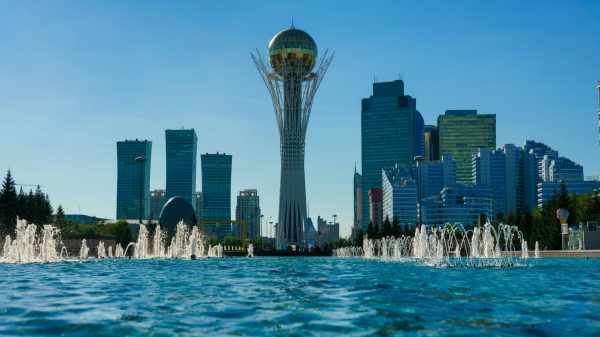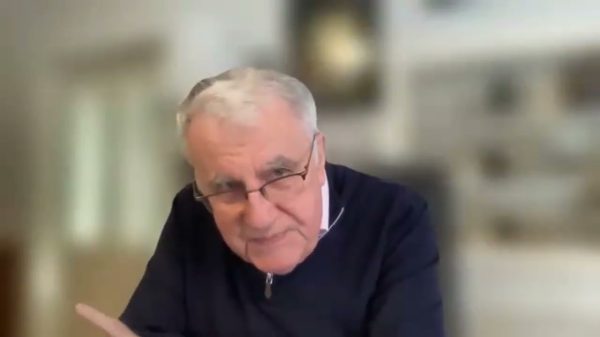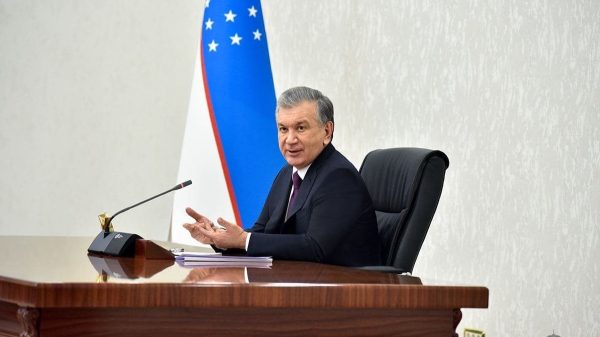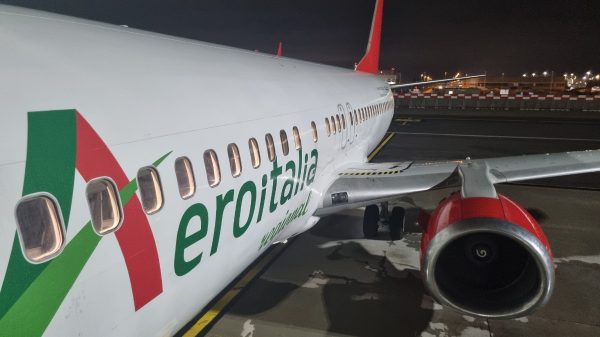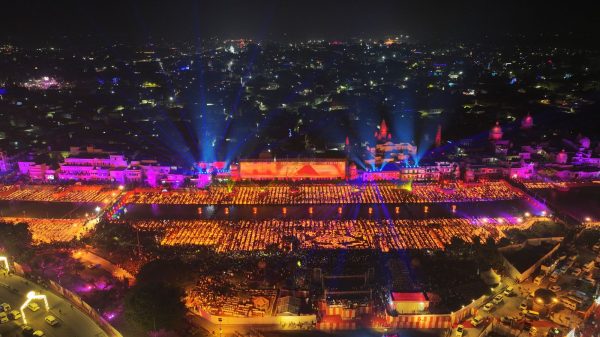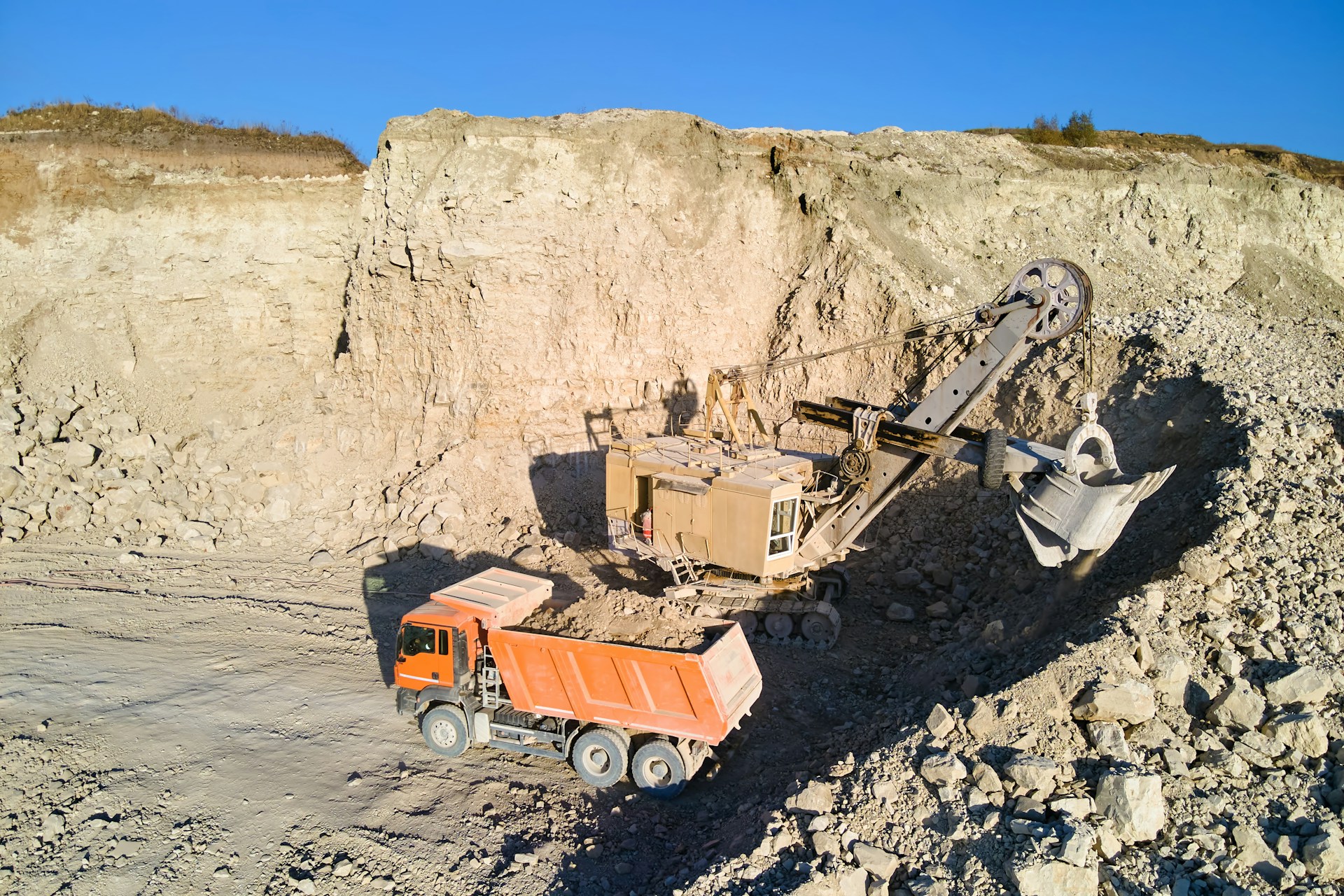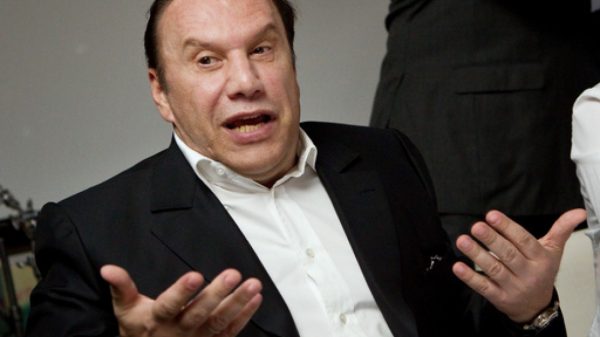Currently, the demand for lithium, which is already being called the “new oil”, is increasing in the world. This metal is used in the production of batteries for smartphones, electric vehicles, and solutions to energy storage problems in the renewable energy sector.
According to the International Energy Agency (IEA), in 2023, sales of electric vehicles approached 14 million, which is 35% more than in 2018. Demand for lithium increased by 30% in 2023, while demand for nickel, cobalt and graphite increased by 8-10%. Kazakhstan could become a reliable partner here, given the geopolitical turbulence in the world and the excessive geographical concentration of production of critical materials in certain regions of the world.
So, a couple of years ago, the EU recognized with alarm that the market of critical materials is dominated by one country – China. This is confirmed by the IEA report published in 2024 on the main materials of the energy transition. It notes that the increase in geographical concentration is particularly pronounced for nickel and cobalt. For example, in the period from 2020 to 2023, Indonesia’s share in nickel ore production increased from 34% to 52%, and the share of processed nickel increased from 23% to 37%. The main owners of nickel mines, which account for about 40% of production, are China. EU companies in Indonesia have a share with more than 20% of supplies, mainly due to the operations of the French mining and metallurgical firm Eramet.
As for cobalt, most of the mines are located in the Congo, and here Chinese companies such as CMOC and European firms, in particular Glencore, supply every third.
Analyzing the measures taken by different countries in the field of geological exploration, as well as their investment activity, the International Energy Agency predicts that China will maintain a very strong position in the critical materials processing sector in the coming years. Politicians call such dependence a security threat to Western democracies.
In this regard, the IEA forecast emphasizes that the supply of graphite, cobalt, rare earth metals and nickel may be affected by geopolitical risks. For example, if we talk about graphite, the available offers outside the dominant player will meet only 10% of the needs by 2030.
The conclusion is obvious – the United States and Europe need to ensure the security of the global supply chain of critical minerals and metals and diversify supplies. It is no coincidence that the Minerals Security Partnership (MSP) initiative, established in 2022 and designed to ensure stable supply of raw materials to the economies of the participating countries, is gaining new members.
Rare earth elements are necessary in mechanical engineering and semiconductor manufacturing, the defense, space, aviation, chemical industries, and nuclear energy, and in general, it is impossible to create a low-carbon economy without them.
Among them, Kazakhstan is a unique country that contains the entire periodic table in its bowels. As global demand for critical raw materials will quadruple by 2040, Astana can become a reliable supplier for the French and European industries.
Kazakhstan produces 19 of the 34 most important raw materials vital to the EU economy, including titanium, copper, magnesium and scandium. There are rich deposits of rare earth minerals such as lithium, beryllium and tantalum. Kazakhstan is one of the three countries in the world with a full production cycle from processing ore concentrate to mass production of primary beryllium products and ligatures based on it. This country has unique expertise in the field of tantalum and osmium mining. Work is underway on projects for the extraction of hafnium, lithium, cobalt and nickel.
Few people know that every fifth airliner in the world flies using Kazakhstani titanium in the fuselage and rhenium in the jet engine. Beryllium is widely used for the production of artificial Earth satellites and fuel cells for nuclear power plants.
About 40 multinational companies operate in the mining and metallurgical sector of Kazakhstan (its share is 7.3% of GDP), including such major players as Glencore, RioTinto, Trafigura, Polymetal and others.
According to the European Commission’s 2023 study, Kazakhstan is one of the main suppliers of phosphorus (71% of total imports to the EU) and titanium (36% of total imports to the EU). The Republic of Kazakhstan can provide supplies of 21 elements from the list of 50 KSM of the USA and 19 minerals from the list of 34 KSM of the European Union.
Kazakhstan’s capabilities are not limited to the above elements. Taking into account the presence of deposits of other minerals, the Republic of Kazakhstan is able to organize the supply of almost all elements of the combined list of KSM to the USA and the EU.
And this is a good opportunity for potential investors. Kazakhstan is considering the issue of transferring the priority right of subsurface use to those who intend to carry out exploration work at their own expense. For example, the German company HMS Bergbau AG is going to invest in geological exploration, and in the future to build a mining and processing plant for the extraction and processing of lithium in the East of Kazakhstan.
This is interesting for France. Paris and Astana have signed a roadmap for strategic partnership on critical resources and materials.
South Korea is also entering Kazakhstan with its investments. A Memorandum of Understanding was signed between the Ministries of Industry of the two countries on cooperation in the supply chain of critical minerals, in order to create a framework for interaction throughout the entire cycle – from joint exploration of critical minerals to development, processing and commercialization.
Since this year, the production of a critical component of the lithium-ion battery cathode, high–purity manganese sulfate, has begun in the amount of up to 5% of the global demand for this metal.
In the medium term, it is planned to double the supply of manganese sulfate, as well as start production of other cathode components: nickel sulfate and cobalt sulfate, as well as other precursors using Kazakhstani raw materials.
In total, Kazakhstan has about 130 deposits of rare metal and rare earth minerals, such as pyrite, magnetite, muscovite, molybdenite, wolframite, cassiterite, albite, apatite, spodumene, ilmenite, zircon, rutile, monazite, xenotime, bastnesite, gadolinite and many others.
There is also the possibility of developing man-made mineral formations.
All conditions have been created to attract investments in the field of subsoil use. The regulation of activities is based on the Western Australian model: the procedures for issuing exploration licenses operate on a first–come, first-served basis.
Since January 2024, the transition to the KAZRC inventory reporting standards, developed on the basis of CRIRSCO, has been implemented.
Unified digital platforms E-QAZYNA have been introduced to ensure the openness and transparency of the processes for issuing licenses for subsurface use. Kazakhstan for participation in auctions and MINERALS.GOV.KZ for online obtaining the right to subsurface use.
The legal protection of investors is provided on the platform of the Astana International Financial Center, where the principles of English law are applied.
Kazakhstan has all the conditions for the extraction and processing of rare earth metals: a well-developed production infrastructure, human capital and, importantly, a transit network connecting Central Asia and Europe through the Middle Corridor. Thus, Kazakhstan is becoming an important link in the global supply chain of rare earth metals, which are critically important for the new global industrial ra



